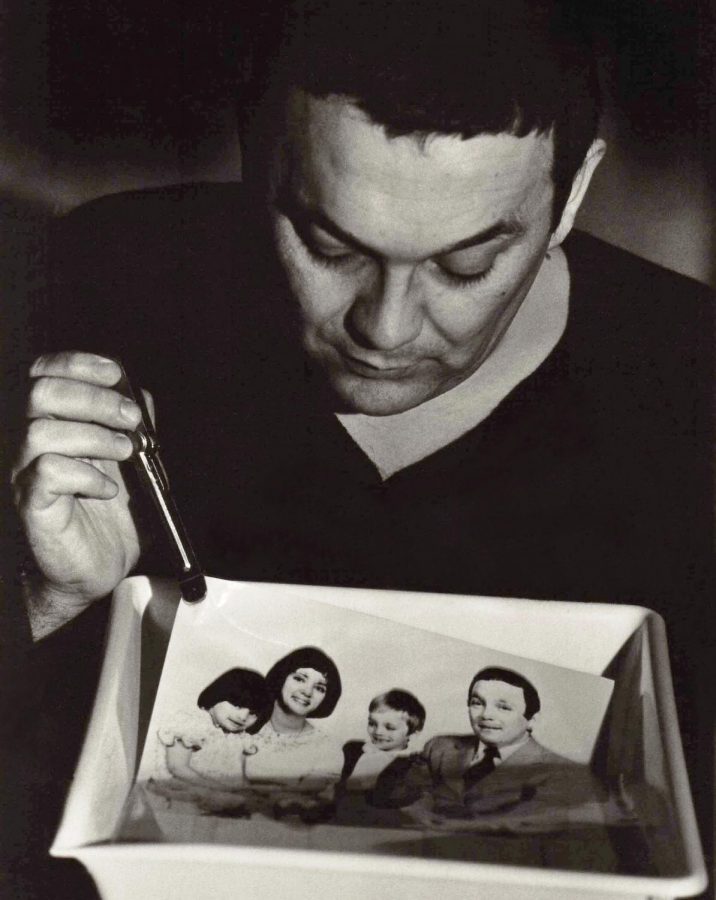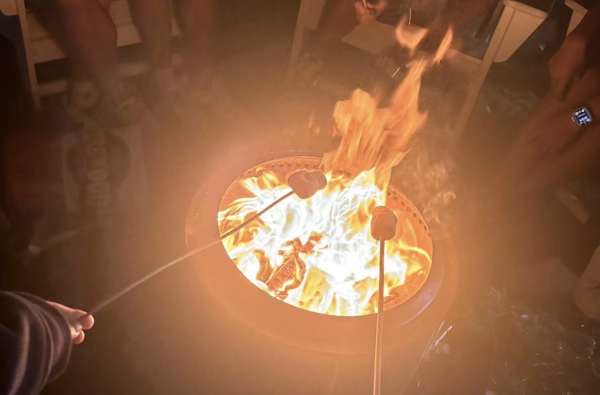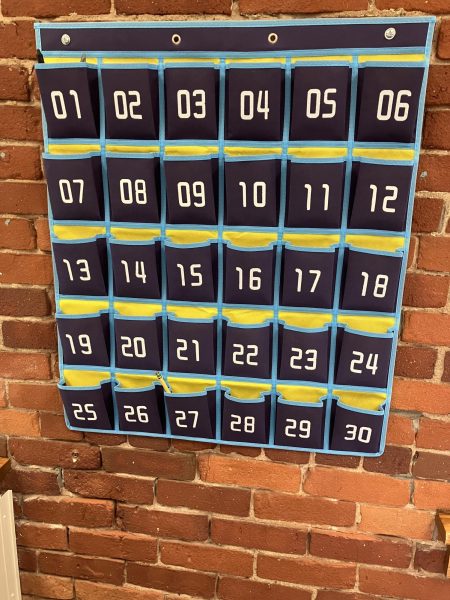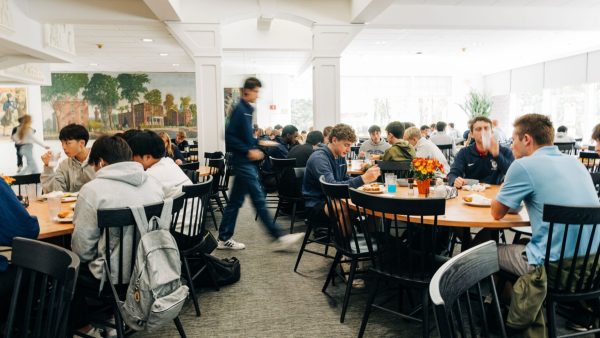The Old Fashioned Magic of Darkroom Photography
With the quick advancement of high quality, time-saving, digital cameras, traditional cameras are no longer needed, but darkroom photography still holds a place in many photographers’ hearts on campus. Williston is fortunate enough to offer a darkroom lab for students, but sadly, not enough people know about it.
I took it last trimester, and I’m really glad that I did. I think it is a valuable experience even if you’re not going to work with film or photography in the future. The entire process is tedious, but also very interesting because there are many components to developing a final print.
When Ed Hing, Visual and Performing Arts teacher, gave us our cameras on the first day, I was a little confused because there was no screen. That’s how little I knew about photography; the camera on my iPhone had always made it so easy for me. He taught us to pop open the back of the camera and put our own roll of film in.
The film was in a little plastic tube and you had to attach it to the camera. You get 36 photos in total for a roll of film. I learned that I had to take my photos wisely because of the limited amount of film, unlike my phone. Not only was there a limited capacity, but every photo I took also had to be adjusted manually.
Depending on how much light and how much motion there is, I had to adjust the camera speed and aperture. It was a little confusing in the beginning, but I quickly got a hold of it.
After finishing the roll of film, I got to take it into a dark room to get it processed. The room was pitch black and I had to take the film out of the plastic tube and roll it onto a steel reel. Most say that this is the most difficult process because you can’t see what you’re doing in the dark, but it was the most fun for me. Once I got the hang of it, it became second nature. This part is also crucial because if you don’t roll it properly, the chemicals can ruin your photos.
The process of developing the film takes a long time, and it can get quite boring. It’s basically just waiting and shaking a jar of chemicals. Once it gets developed, you can start seeing your photos. I was amazed the first time I unrolled my films and saw the photos I took.
I thought that was it, but I was completely wrong. After developing the photos, Mr. Hing showed us how to print the photos out using a machine.
We had to project the film onto a sheet of light-sensitive paper. The longer the light is projected onto the paper, the darker the photo will be. Even after the light is projected, the sheet is still completely white. We had to swish it around in a bunch of chemicals and the photo slowly begins to appear. Then we let it rinse and dry it off to get the final product.
I’m not going to lie, there were times when I was bored and frustrated because of the many tries to remake the print. Sometimes I ended up only making two final prints after a whole period of class because I had to fix the amount of light for the whole photo or even one smart part of it. It’s tricky because you can’t tell how it’s going to turn out until you swish it in the chemicals, which takes five to six minutes.
However, when I look at the final product, I feel proud because I know how much work I had to put in. Everyone should consider taking the class and gain a better understanding of how photography works. We’ve taken our phones and digital cameras for granted and going back to the basics felt refreshing.
Darkroom photography is a once-in-a-lifetime opportunity and I know that most of you won’t even get a chance to step inside a dark room after leaving Williston. I encourage everyone to take it while they can. Not only is the entire experience interesting, but Mr. Hing is also an amazing teacher and will not get annoyed at you if you don’t understand something.
Gianna Langone, a junior from East Longmeadow, Mass., also took the class this fall. She was interested in the class because of the peculiarity of the process. “I chose darkroom because of the chemical process you have to go through I think it is so interesting how film can turn into pictures,” she said.
Her favorite part was “enlarging photos and seeing how cool your photos were.” Gianna wanted this class to be stress-free while enjoying the perks of it. “[I was just] hoping it would feel like less work and more fun and relaxing and it was.”
She also encourages other students to take the class because of the distinct process. “It is so good to learn about how photos used to be developed and just to see how cool your black and white photos really can be.”
Stella Gordon, a junior from Amherst, Mass., thought that the class would be a fun option. She liked the freedom in the class. “My favorite part of the class probably was that each project would have pretty loose guidelines,” she said.
She highly recommends the class and said it’s a great experience. “I would recommend the class because it wasn’t too challenging and it is something that you probably wouldn’t learn otherwise,” Stella said.
Hing believes that there are many reasons why photographers still the old technology. For Williston students, it “provides a much stronger foundation.” Darkroom gives students a chance to go back to the basics of photography. “It slows the process down and choices about the image are more carefully considered,” he said. “You don’t see what you captured instantly, so you need to think more deeply about each time you press the button.”
Many photographers still use it because of its nostalgic appeal. Photographers want something tactile and physical. “It’s more emotional, less technical,” he said. “Many younger photographers are retro/hipster about it. There’s something mysterious about it.”
Hing thinks that it’s important to continue using darkroom because of its manual techniques and its longevity. “There is a deeper understanding of the photographic process and awareness of light/shadow/ composition that comes from making images ‘old school’ darkroom,” he said. “There’s also the history that comes with it. I also worry about the longevity of digital files. Hard drives crash. Negatives are forever.”
Even after decades of experience, Hing is still amazed by the process. He told The Willistonian, “I love the moment when a print emerges on the paper when it’s put in he developer, it’s just magical. I’ve made tens of thousands of prints and it’s still totally cool for me.”
Erin is a senior from Taipei, Taiwan. She enjoys playing volleyball and watching "The Bachelor" during her free time.












